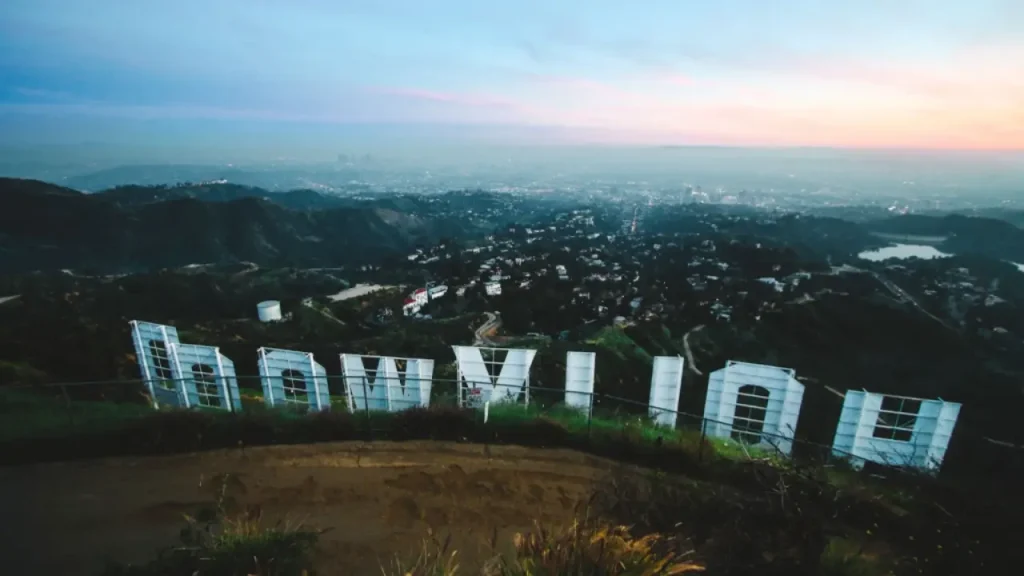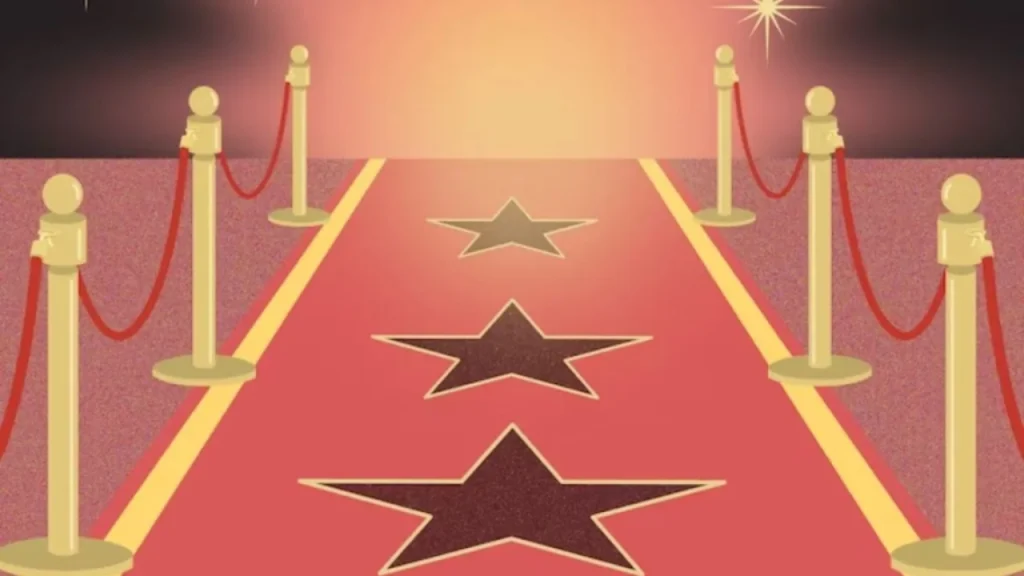The Golden Age of Hollywood of today would have been difficult to fathom more than a century ago. International blockbusters with enormous budgets are competing to become the next movie to gross $1 billion. Worldwide studios fight to bring in the most box office revenues, or more recently, it appears that the majority are switching between box office revenue and exclusive subscription services. The industry has many moving elements now, whereas there weren’t as many in the past.
When did the Golden Age of Hollywood begin?

The Golden Age of Hollywood didn’t have a clear beginning year. One of the earliest films of the era, according to some academics, is The Birth of a Nation from 1915, although the genuine public popularity of cinema and the non-stop release of movies didn’t occur until the 1920s and 1930s.
An important factor that helped launch the popularity of movies was really a slump in the economy. Old Hollywood became a major industry during the Great Depression that followed the 1929 stock market crash. While the Great Depression began, the majority of Americans resorted to films as a form of escape, not to discount the films of the Roaring Twenties, which are often considered to be a part of the Golden Age of Hollywood. Movie tickets were frequently much less expensive than those for plays and concerts. Up to 80 million Americans visited the movies each week during the Depression.
A decade later, in 1939, some of the most significant motion pictures ever made were released in the golden age of cinema. Movies like The Wizard of Oz, Gone with the Wind, Mr. Smith Goes to Washington, and The Hunchback of Notre Dame enthralled and fascinated audiences by utilising technological improvements in picture capture, from lensing to colour film advances.
More movies were produced historically in the 1920s and 1930s than in just about any other decade, EVER. The 1930s saw the production and release of hundreds more movies in the golden age of Hollywood, even in comparison to recent blockbusters. Popular genre films included Westerns, gangster and crime dramas, and musicals. Thus, By 1948, the golden age of Hollywood was starting to wane, and by the 1960s, it had completely ended.
Major Studios of the golden age of Cinema:

By 1930s the golden age of Hollywood ruled by these five studios:-
- Metro Goldwyn Mayer (MGM)
- RKO
- 20th Century FOX
- Warner Bros
- Paramount Pictures
The fact that these five main companies controlled the whole golden age of Hollywood which set them apart from other smaller studios like Universal, United Artists, and Columbia. They had complete control over everything thanks to this vertical integration. They controlled all facets of production, distribution, and exhibition. They owned lots of studios. They bound artists to exclusivity contracts prohibiting them from working with other studios while under contract. The studios were in charge of the entire operation, which lasted from before the cameras began to roll until the theatre projectors shut off.
MGM in the golden age of Hollywood:
The largest of the five major studios, MGM frequently ruled the box office during the 1930s. MGM was the most prosperous studio during the Golden Age Of Hollywood for more than a decade.
There were many old Hollywood actors who were included with them such as Clark Gable, Spencer Tracy, Greta Garbo, Joan Crawford, Lon Chaney, William Powell, Buster Keaton and many more.
Twentieth Century-Fox:
In terms of financial performance throughout the Golden age of Hollywood, Twentieth-century FOX was likely MGM’s biggest competitor, frequently ranking as the second most prosperous studio. It was merged with FOX Films in 1935.
Some of the old Hollywood actors who were involved with FOX studio are Tyrone Power, Linda Darnell, Carmen Miranda, Don Ameche, Henry Fonda, Gene Tieney, Sonja Henie, Betty Garble and many more.
Warner Bros:
The Jazz Singer (1927), starring Al Jolson, is credited as being the first full-length motion picture with audible dialogue. Warner Bros. was the influential studio that produced it in old hollywood. The business began as a movie theatre in Pennsylvania that exhibited movies including The Great Train Robbery.
Paramount Pictures:
Adolph Zukor established the Famous Players Film Company in 1912, which is when Paramount Pictures first appeared. According to legend, Zukor awarded his 24 first contracted performers and actresses with stars above the Paramount emblem at the 1916 merger that founded the studio. This studio was considered as the best in the golden age of Hollywood.
RKO:
In the golden age of Hollywood, Radio Corporation of America (RCA) combined Joseph P. Kennedy’s Film Booking Offices of America studio and the chain of Keith-Albee-Orpheum theatres to form RKO Radio Pictures, an acronym for Radio-Keith-Orpheum, a studio dedicated to making motion pictures using RCA’s sound-on-film technology.
Conclusion:
The majority of significant technological achievements, accomplishments, and experiments were probably carried out during the Golden Age of Hollywood, possibly with the exception of the invention of the motion picture camera and the digital revolution that the cinema industry is currently undergoing.


